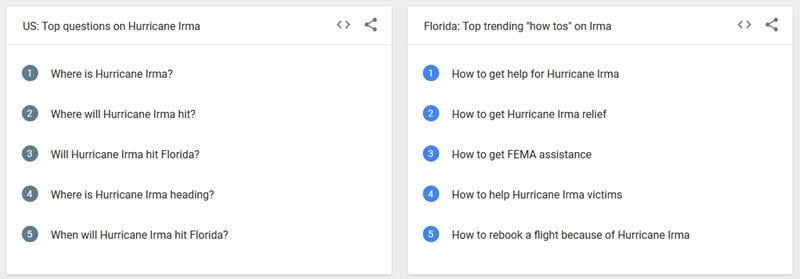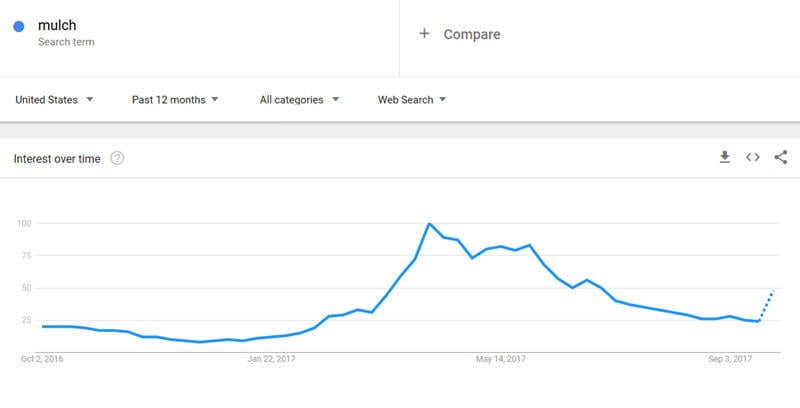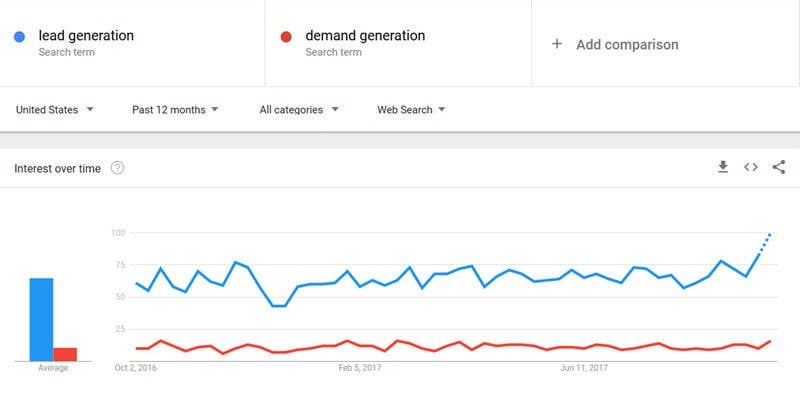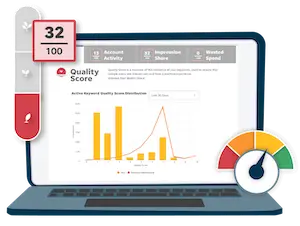Google Trends: What Is Google Trends?
Google Trends is a useful search trends feature that shows how frequently a given search term is entered into Google’s search engine relative to the site’s total search volume over a given period of time. Google Trends can be used for comparative keyword research and to discover event-triggered spikes in keyword search volume.
Google Trends provides keyword-related data including search volume index and geographical information about search engine users.
How to Use Google Trends
How does Google Trends work?
You can explore Google Trends from the top down by visiting the tool and seeing what searches are currently trending, then digging into a topic for more information. For example, Google Trends recently shared information on trending searches related to Hurricane Irma, such as top relevant search terms across the U.S. and top “how to” search queries in Florida.

You can also enter a search term into the search box at the top of the tool to see how search volume has varied for that term over time and in different locations. Change the location, time frame, category or industry, and type of search (web, news, shopping, or YouTube) for more fine-grained data.

In the U.S., searches for “mulch” peak in April
Google search trends data can be very useful for marketers. For example, if you run a seasonal business (such as a home and gardening supply store), you’ll want to ramp up your marketing efforts when search terms relevant to your business are trending. During spikes in search volume, your cost per click in Google Ads will likely be higher, so be sure to allocate more budget in your campaigns when your products or services are trending.
To compare multiple terms, use the “+ Add comparison” feature:

From this graph we can see “lead generation” is about 7 times more popular than “demand generation” in web search
Google Trends also shows you related search terms and how search interest varies by subregion:

You can use the data found in Google Trends for several different marketing purposes:
- In paid search, Google Trends data can be used to inform your seasonal campaigns, helping with cost planning as well as inventory stocking. In addition, you can use Google Trends to find irrelevant trending terms you need to set as negative keywords, so a trending search doesn’t wildly affect your costs.
- For SEO and content marketing, use Google Trends to learn what people in your target market are searching for information about. Writing about trending topics can help drive traffic to your site.
- To inspire your ad creative, browse Google Trends to see what topics are currently capturing the public imagination. Referencing a trending topic (like a hot new kind of music or dance) in your marketing campaigns, whether it’s an email blast, a Facebook ad, or a radio spot, can increase your ads’ engagement.

